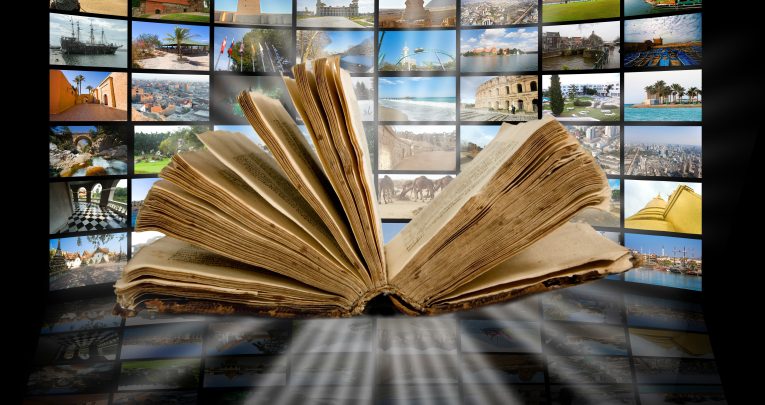Watch and Learn – What impact can film have on literacy attainment?

Mark Chambers, CEO of the ICT accociation Naace, speaks to Paul Scott, head of Curriculum Innovation at Bradford Metropolitan District Council, about the role that media literacy can play at KS2…

What is the Media Literacy Project?
A project implemented in primary schools over three years, which uses short films within literacy lessons to increase engagement, encourage creativity and boost attainment in reading and writing. We selected a number of specialist consultants for the project, in partnership with the British Film Institute, Bradford UNESCO City of Film and Cape UK, who would provide detailed CPD to enable teachers to make effective use of this ‘digital literacy’ approach. Those teachers could then go on to instruct others and promote the benefits of the programme through school-to-school support mechanisms.
How does film help to improve literacy?
For those who struggle with long texts and vocabulary, using film can help to visualise stories, allowing children to develop the deep comprehension skills associated with reading. Classes can then explore the similarities between text and film, before creating their own projects using the skills they’ve developed throughout the programme.
In terms of writing, the structuring of films can be translated into written elements. For example, after creating a storyboard, children can then write a sentence to explain each frame, which can then be combined to form paragraphs or scenes.
What are the effects on student engagement?
We’ve been told by our teachers that using short films in place of a text as a lesson’s stimulus really helps to boost engagement with the stories and themes in question. Children also really enjoy the social element to the course. Beforehand, writing would often be done individually at desks, but the project encourages children to share their work with the class, whether through storyboards or acting.
Because the project can be applied to a range of subjects and topics, it helps to bring together a cross-curricular approach to learning, which also allows children to bring their own interests into lessons and create something written or filmed around this.
What skills can be developed as part of the project?
Beyond improving literacy, analysis and comprehension, pupils become more digitally literate, using software like iMovie and Vintagio to film and edit their productions. Children learn how to work together and how to actively participate in class discussions. Pupils of all abilities can engage equally with the work, encouraging higher performers in literacy to support those who struggle or have difficulties.
At the end of the course pupils can become ‘Media Literacy Leaders’ by planning, storyboarding, filming, editing and uploading a short film without any adult help. They are then qualified to run media literacy lessons and even train their teachers! This can really boost their self-esteem and confidence in their own abilities as digital leaders.
Both teachers and pupils have really responded well to the programme. With the support of CAPE UK, Bradford UNESCO City of Film and the BFI, we hope to bring these benefits to schools around the country, as well as help more children access culture and the arts.
For more information about the project, visit the Innovation Centre website; for further details on how you can become Naace member, visit www.naace.co.uk. Browse ideas for International Literary Day which takes place in September.












